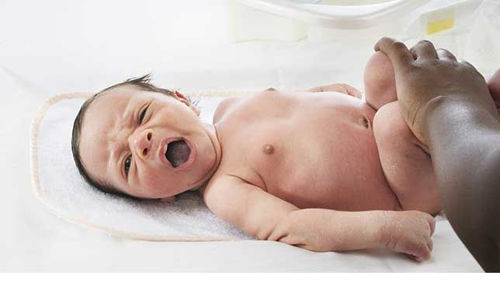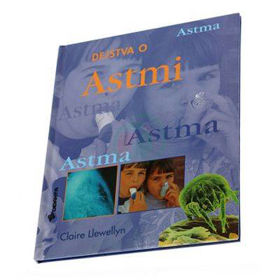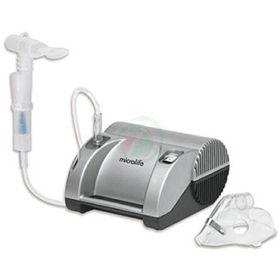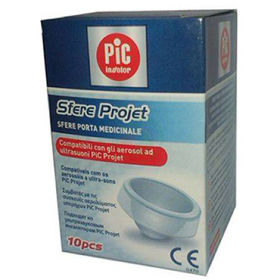Asthma is the most common chronic disease in childhood. It always appears in the form of an attack. In some children, asthma attacks are caused exclusively by allergic reactions, and in most they occur due to other causes, such as cigarette smoke, dust, infections or even mental stress. Asthmatic problems often occur after or during exercise.

The bronchial mucosa of children with asthma responds excessively to stimuli. At the same time it swells and forms mucus at an accelerated rate. At the same time, the muscles of the bronchi contract. This causes the airways to constrict, making it harder for air to reach the lungs, and making it especially difficult to exhale. When exhaling, it is therefore distinct to hear a beep. The child sits upright to facilitate breathing, catch air, and turn blue. The feeling of suffocation causes panic, which worsens breathing. Therefore, it is important to break this vicious circle by quickly relieving muscle cramps and reducing mucosal swelling with medication. Otherwise, shortness of breath can lead to a lack of oxygen to the brain.
Does the child need to see a doctor?
When a child has an asthma attack for the first time, tell your doctor or emergency department immediately.
So the doctor helps
& # 8226; An acute asthma attack is treated by a doctor with oxygen, a bronchospasmolytic, and corticosteroids.
& # 8226; He then tries to use an allergy test to determine the allergen that caused the allergy.
& # 8226; For long-term treatment, your child is given medications such as cromoglycic acid to avoid further asthma attacks.
& # 8226; In case of an emergency, he will give you the medicine with you, give it to the child in case of an initial asthma attack (bro-dilator and inhaled corticosteroid).
& # 8226; With a so-called Peakflow meter, your doctor can measure the maximum possible air flow during exhalation. With the help of the determined value, it can determine when and how many times you should give the medication. The doctor sets the limit values. When a child is older than five years, he or she can use a Peak-flow meter to check for himself or herself when he or she needs to take medication to prevent the next possible asthma attack.
& # 8226; The child and parents learn all about asthma treatment and daily life in the “asthma school”.
That's how you help the child
& # 8226; Very important in an asthma attack: stay calm and try to calm the child - the more frightened the child, the harder it will be to breathe.
& # 8226; Give your child the medicine prescribed by your doctor. If you still do not feel better, you should contact your doctor or call for emergency medical help. Hospital treatment may be required.
& # 8226; In an acute attack, open the window to let in fresh air - but by no means in the spring when a child may be allergic to pollen.
& # 8226; Due to difficulty in exhaling, the child loses more fluid. So give him plenty of fluids, lukewarm water in small sips is best. Do not prepare special teas - your presence will calm the child the best.
& # 8226; Take care of an environment poor in allergens: cigarette smoke, pets, allergenic plants and foods do not belong in the asthmatic environment.
& # 8226; Recent research has shown that the frequency and severity of asthma attacks can be reduced with one-minute cold showers or baths a day.
& # 8226; Asthmatic children benefit from spa treatments: they learn to cope better with their illness. They learn breathing exercises that make it easier to exhale. Contact with other asthmatic children and therapeutic counselors helps against fear. Children over the age of ten can learn relaxation methods - autogenic training.
& # 8226; Please consider your child a healthy child: allow him- in agreement with the doctor - activities such as sports, swimming, visiting discos, parties, camping.
& # 8226; The basis that applies to all asthmatic children: avoid allergens. Holiday plans and career choices also need to be subordinated to illness. For asthmatics, occupations where a lot of contact with allergens (such as baking) are inappropriate.













